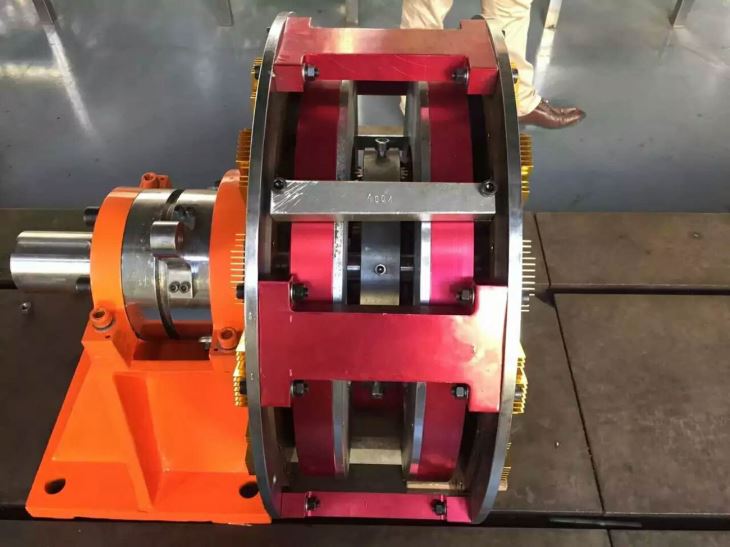
Flender Voith Fluid Coupling
-
Min Order
1
-
Product Unit
Pieces
-
Origin
China Mainland
-
Payment


- Contact Now Start Order
- Favorites Share
- Description
Product Detail
Model and working principle of hydraulic couplings
Fluid coupling is a mechanical device using liquid medium to transfer speed, the active input shaft ends and connected to the original drive machine, driven output shaft and load shaft connection, by adjusting the pressure of liquid medium, so that the output shaft speed can be changed. In ideal state, when the pressure tends to infinity, the output speed is equal to the input speed, which is equivalent to the steel coupling. When the pressure is reduced, the output speed is reduced accordingly, the pressure of the medium is changed continuously, and the output speed can be adjusted infinitely less than the input speed. The principle and efficiency of power control of hydraulic coupling can be equivalent to the model shown in Figure 1 according to the above characteristics of hydraulic coupling
The principle of power control and speed regulation shows that the change of transmission speed is essentially the result of mechanical power regulation. Therefore, the reduction of output speed of hydraulic coupler is actually the decrease of output power. In the control process, the transmission speed of hydraulic coupler is not changed, when the load torque is constant, the mechanical power transmission of the original is the same, so the difference of power input and output power there, apparently by hydraulic coupling in the form of heat loss. Therefore, we can not simply think that hydraulic coupling speed control is "lost turn", but the actual loss of power. The original transmission power is PM1, the output power is PM2, and the loss power is
Fluid coupling is a mechanical control device of energy type, speed and deeper (lower speed) more loss, especially the constant torque load, because the original drive input power constant, loss of power loss is proportional to the speed. For fan and pump load, the load torque according to the rotational speed square rate changes, the original drive input power according to the square of the speed ratio is reduced, the power loss is relatively small, but the output power is reduced at the rate of the revolving speed, speed efficiency is still low. The speed regulating efficiency curve of the hydraulic coupling is shown in Figure 2, and the average efficiency is about 50%.
A kind of non rigid coupling with liquid as working medium, also called hydraulic coupling. The hydraulic coupling (see Figure) consists of a pump wheel and a turbine which can circulate the liquid in a closed working chamber. The pump wheel is mounted on the input shaft, and the turbine is mounted on the output shaft. When the power machine (internal combustion engine, motor, etc.) drives the input shaft to rotate, the liquid is thrown out by the centrifugal pump wheel. The high speed liquid enters the turbine, which pushes the turbine to rotate, and transfers the energy from the pump wheel to the output shaft. Finally, the liquid returns to the pump wheel to form a recurring flow. Hydraulic couplings depend on the liquid and the pump wheel and turbine blades to generate torque changes to transfer torque. Its output torque is equal to the input torque minus the friction torque, so its output torque is always less than the input torque. Hydraulic coupling between input shaft and output shaft is connected by liquid, there is no rigid connection between working components. The characteristics of hydraulic coupler is to eliminate shock and vibration; the output speed is lower than the input speed, two speed difference increases with the increase of load; overload protection performance and good starting performance, while the load is too large to stop when the input shaft can rotate, not to damage the machine; when the load is reduced, the output shaft speed increase until close to the speed of the input shaft. The transmission efficiency of the hydraulic coupling is equal to the output shaft speed multiplied by the output torque (output power) and the input shaft speed multiplied by the input torque (input power) ratio. Higher efficiency can be obtained when the speed ratio of the general hydraulic coupler is more than 0.95. The characteristics of hydraulic couplings vary due to the shape of the working chamber, the pump wheel and the turbine. If the oil of the hydraulic coupler is released, the coupler is disengaged, and the clutch can act as a clutch.
- FG Series Fluidizing Drier 1 Pieces / (Min. Order)
- FG Series Fluidizing Drier 1 Pieces / (Min. Order)
- Intermediate Fitting 1 Pieces / (Min. Order)
- Omarigliptin 1 Pieces / (Min. Order)
- General Spring 1 Pieces / (Min. Order)
- Push-in Fitting 1 Pieces / (Min. Order)
- Easy Conduiting Fitting 1 Pieces / (Min. Order)
- Inline Die Cutting 1 Pieces / (Min. Order)
- G20 Pick Brazing 1 Pieces / (Min. Order)
- Male To Male Straight Fittings 1 Pieces / (Min. Order)
- Gear Forging 1 Pieces / (Min. Order)
- Flowmeter Flange Fitting 1 Pieces / (Min. Order)
- Gr 5 Titanium Prosthetic Fitting 1 Pieces / (Min. Order)
- Golden/silver Fancy Shoes Fittings 1 Pieces / (Min. Order)
- Tan Slim Fit JOGGERS 1 Pieces / (Min. Order)
 Menu
Menu




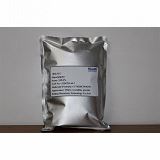
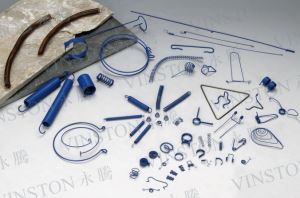
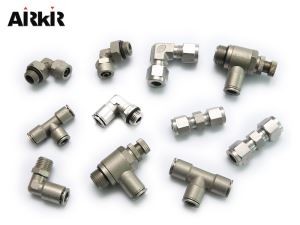
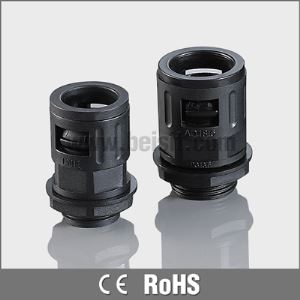
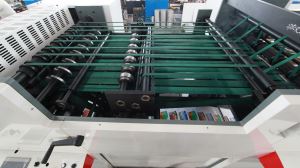
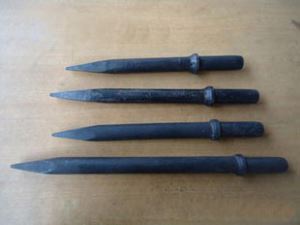
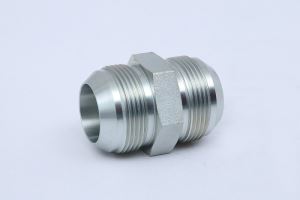
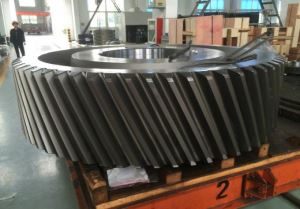
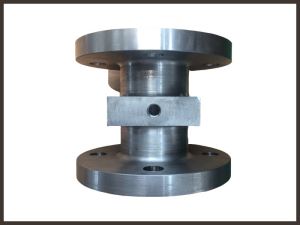
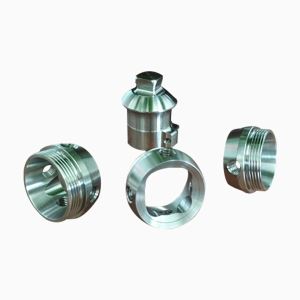
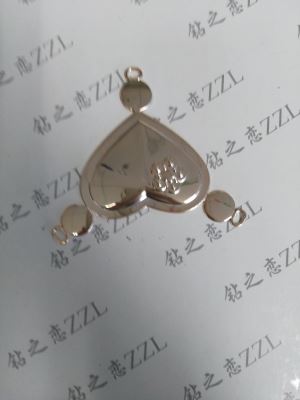
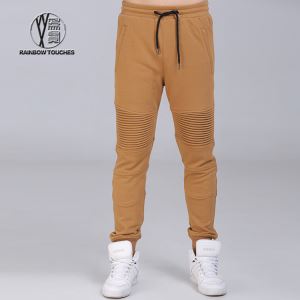
 Favorites
Favorites
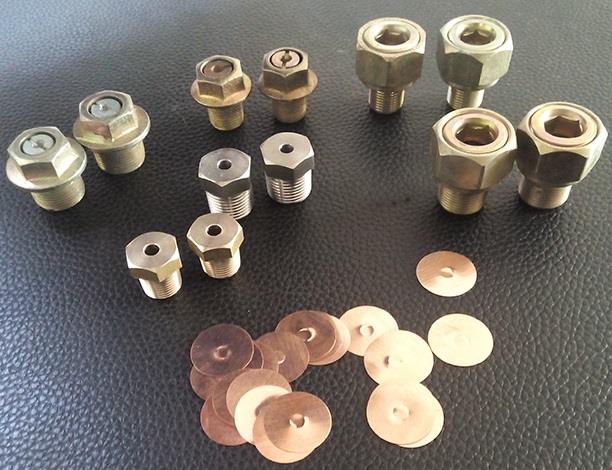
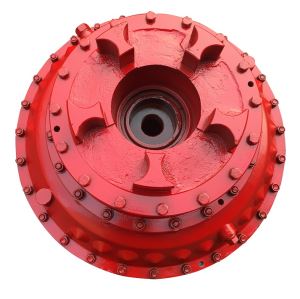


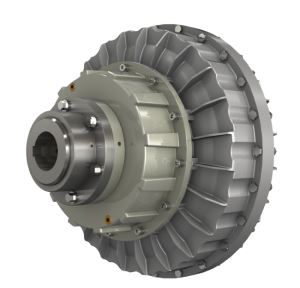
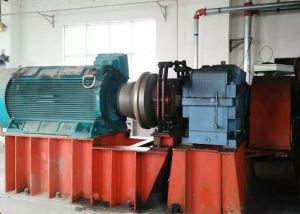
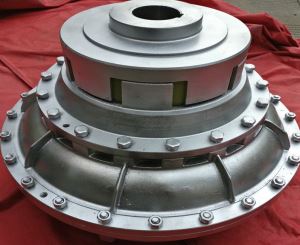
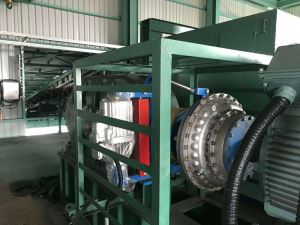

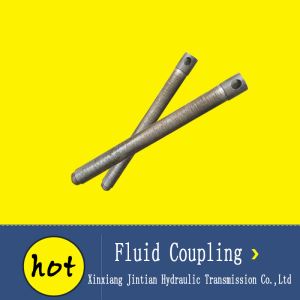
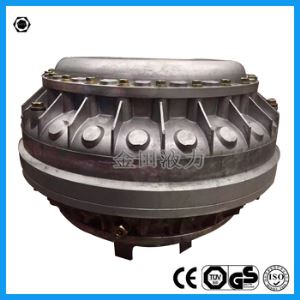
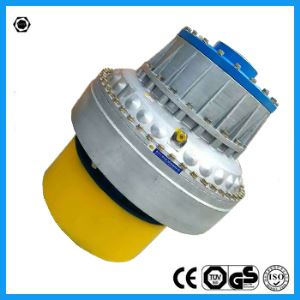
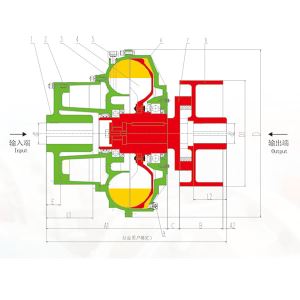

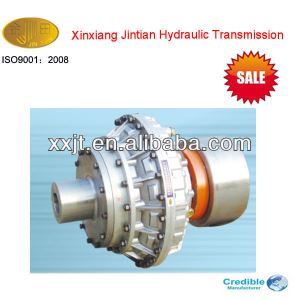
 Frequent updates ensuring high quality data
Frequent updates ensuring high quality data
 Over 5000 customers trust us to help grow their business!
Over 5000 customers trust us to help grow their business!


 Menu
Menu